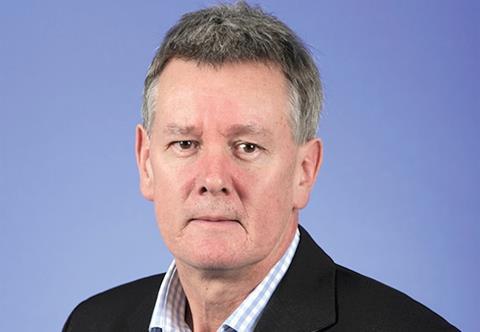
Progressive employers will give as much thought to factors within an office environment that enable individuals to be the best they can be as they will to acquiring the best building on the best possible terms. Why? Because even the most high-tech or contemporary environment will be sterile in terms of creativity, teamwork and vibrancy if employers fail to recognise the factors that can help employees excel, and stay. Retaining good people is good business.
Ergonomists, sometimes also called human factors specialists, have long been in the business of ‘designing for people’, that is, recognising that by taking into account the capabilities of each individual can have a significant impact on the work that someone can do, and the ease and joy with which that work can be done. After all, musculoskeletal disorders such as muscle, back or joint problems are, for example, the single largest cause of work absence in Scotland: every year over one million people visit a doctor with a musculoskeletal disorder.
Working environments at which people can sit, stand, flex, move around, enjoy natural daylight and retain personal workspace while, at the same time, remaining integrated into a team are key factors in retaining and growing organisational capability.
Ergonomics, by applying scientific principles to the environments in which we live, work and play helps people contribute, thrive and enjoy their surroundings and to make the most of their potential.
Stephen Barraclough is chief executive of the Chartered Institute of Ergonomics and Human Factors











